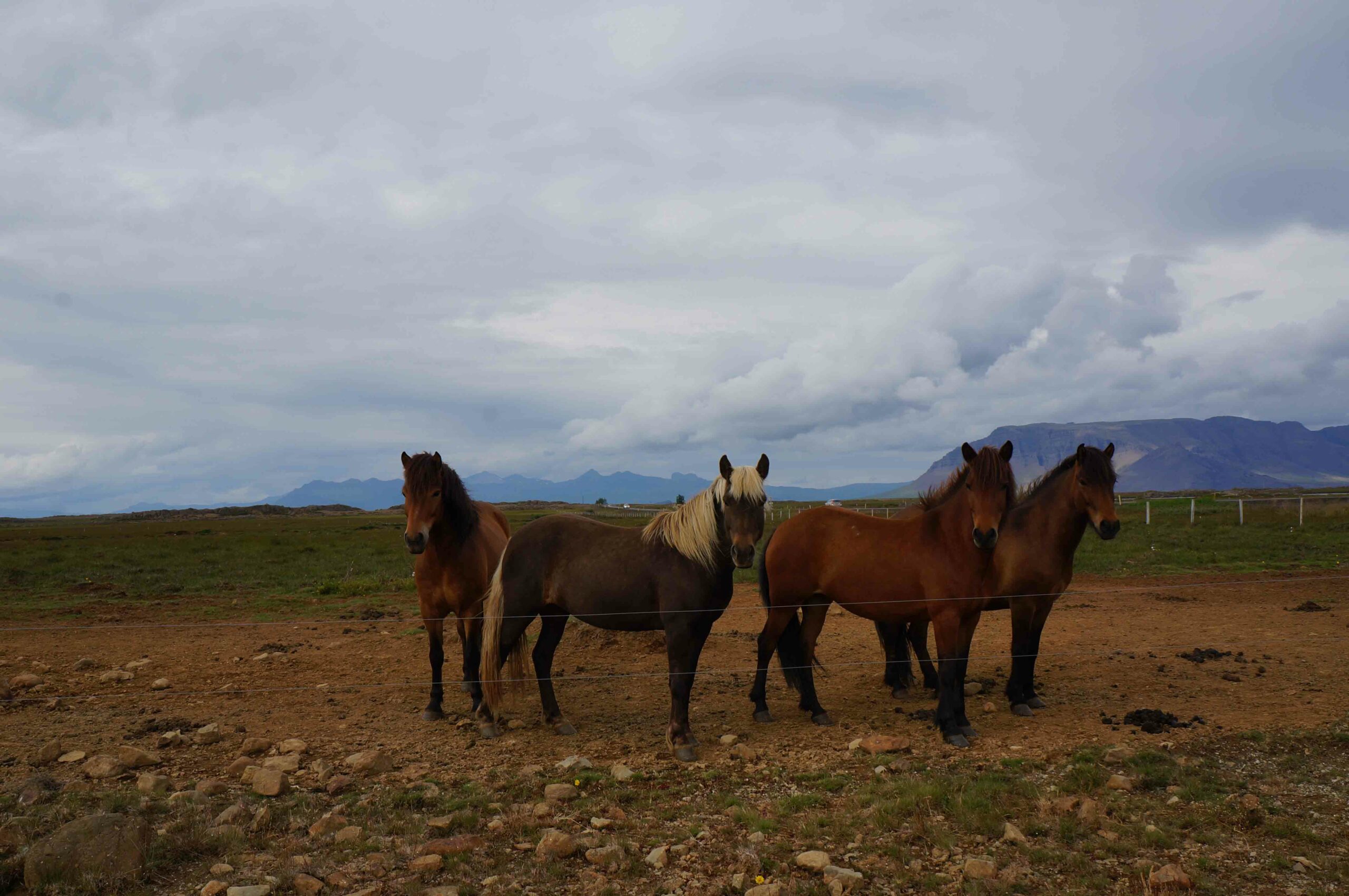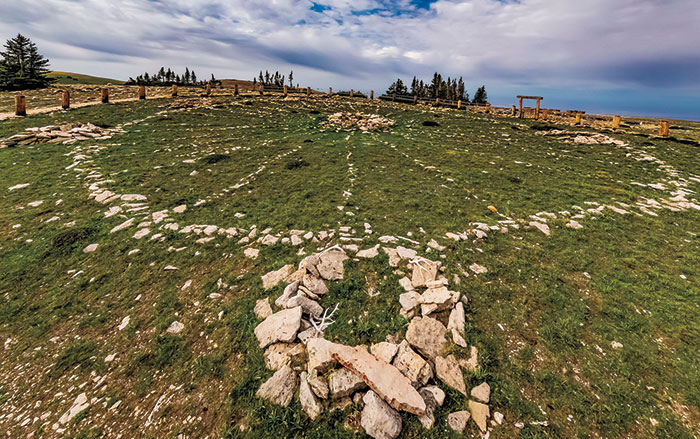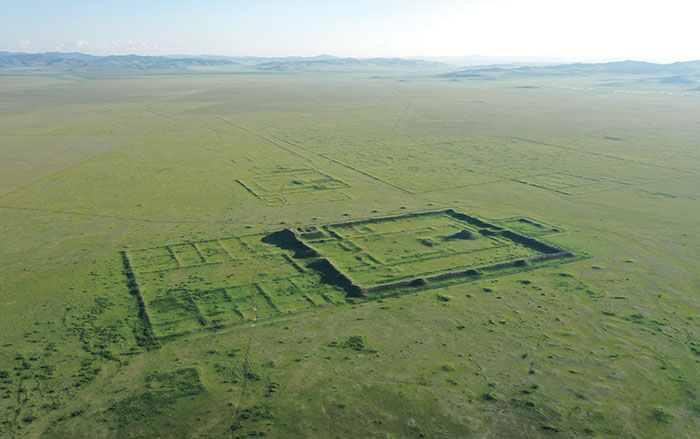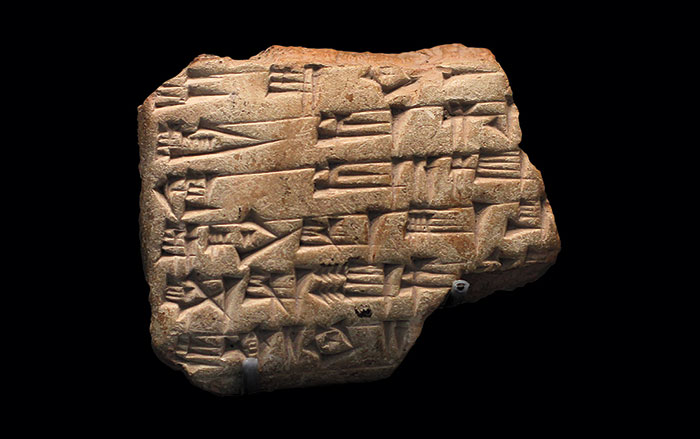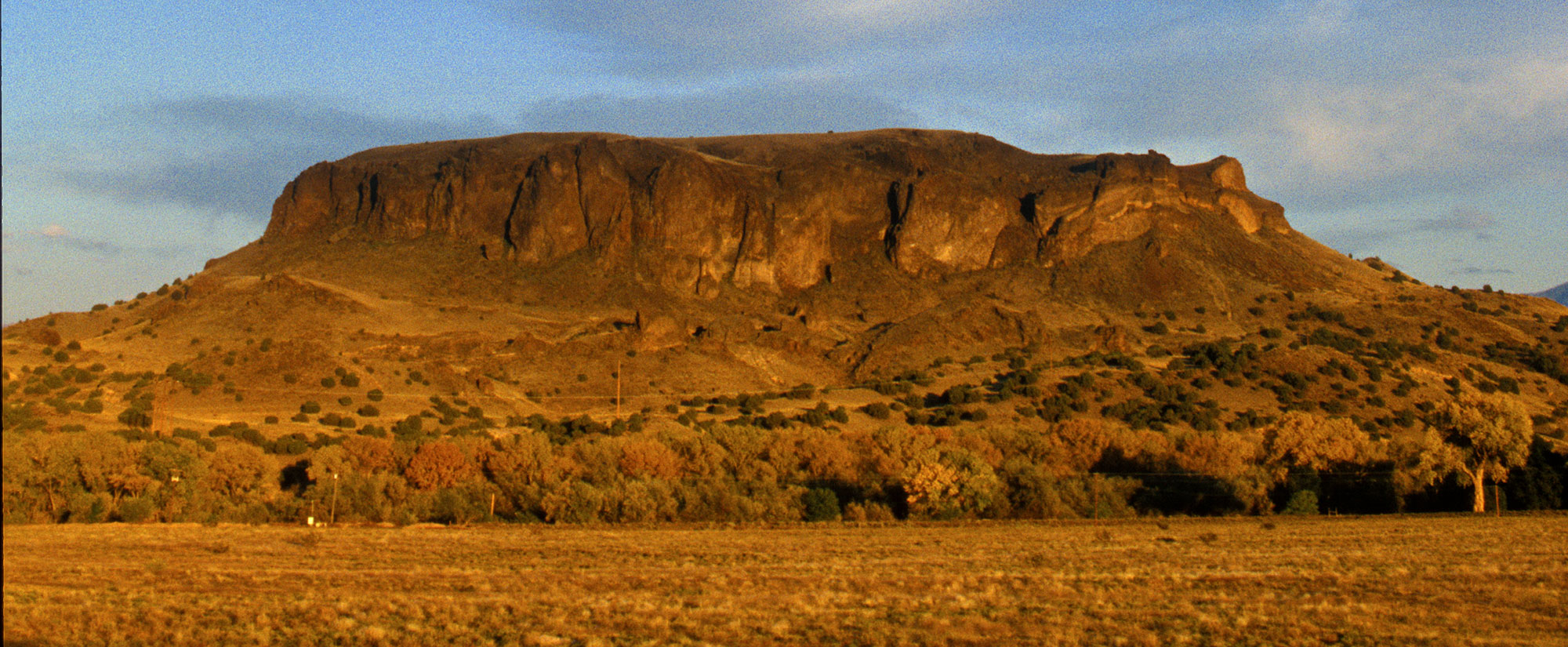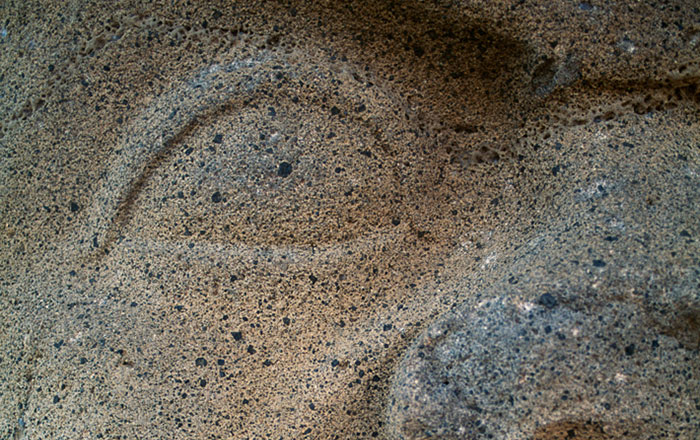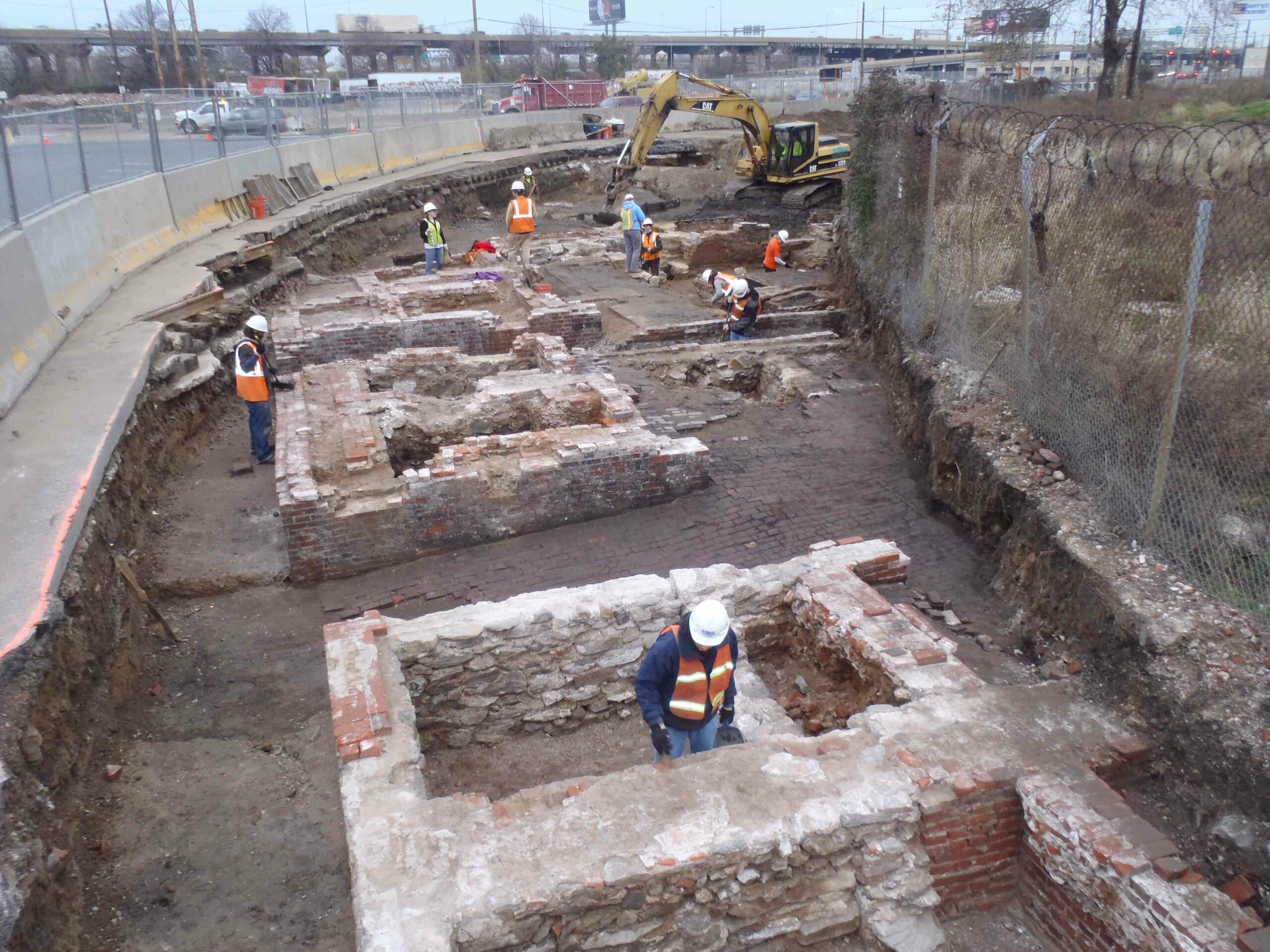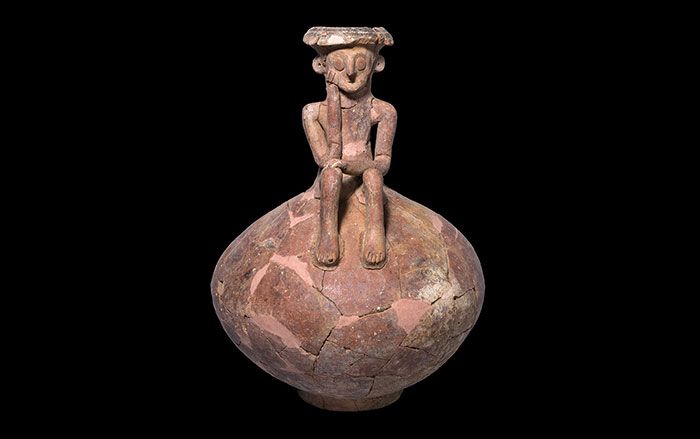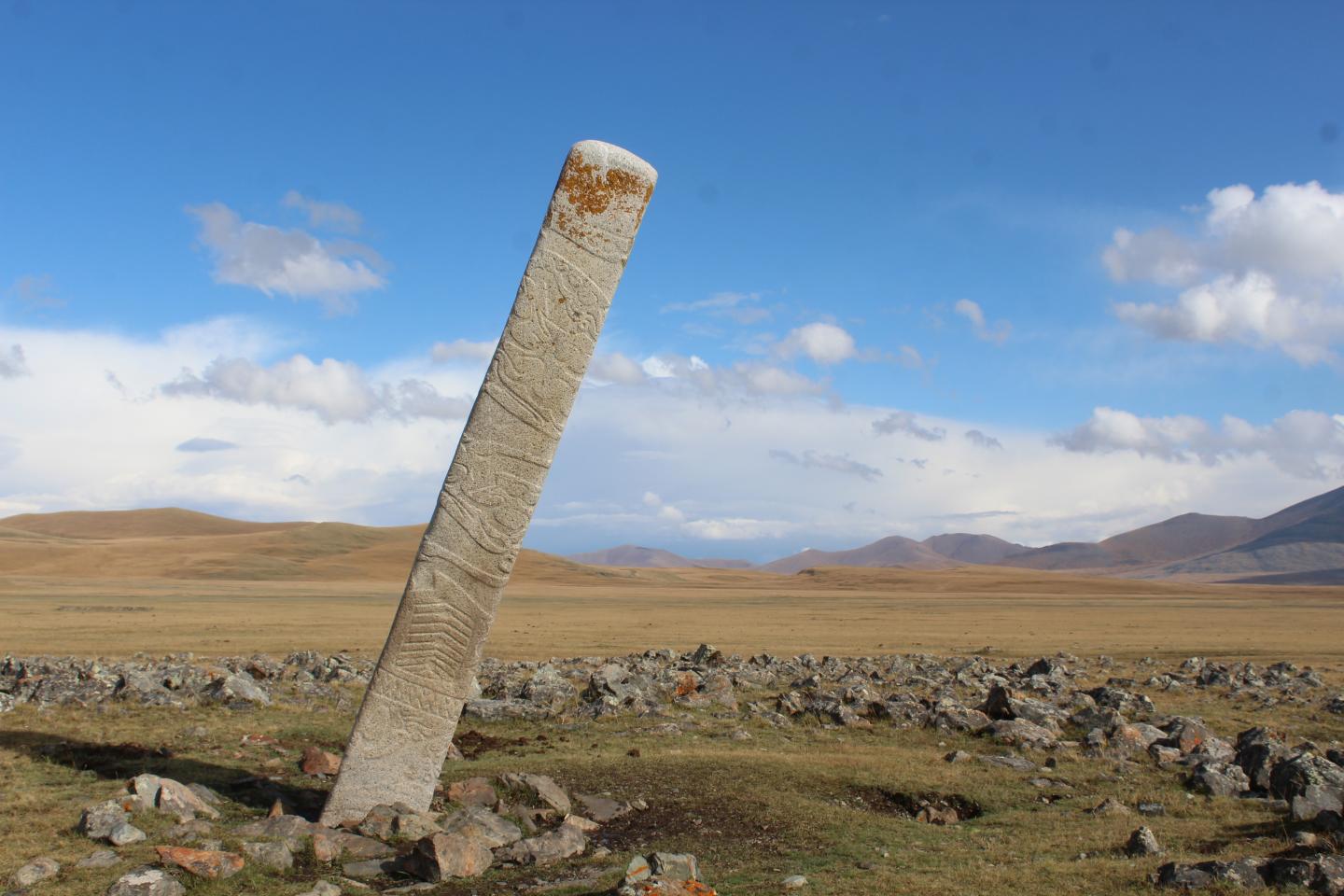
MUNICH, GERMANY—According to a report in The International Business Times, William Taylor of the Max Planck Institute for the Science of Human History and colleagues have pushed back the date for the development of skilled horseback riding in Mongolia by several hundred years. The researchers radiocarbon dated the bones of domesticated horses that had been individually buried at monuments constructed by the Deer Stone-Khirigsuur Complex in eastern Eurasia. The monuments include carved standing “deer stones,” and stone burial mounds known as khirigsuurs, where the heads, hooves, and upper neck bones of hundreds or even thousands of horses have been found near human remains. The team then produced a high-precision chronology model for the horse burials. The dates suggest that a horse-centered culture developed across the Mongol Steppe around 1200 B.C., at a time when a wetter climate may have offered better pastures for raising horses. “This really suggests a change in people’s relationship to horses,” Taylor explained. For more, go to “In Search of History's Greatest Rulers: Genghis Khan, Founder of the Mongol Empire.”


